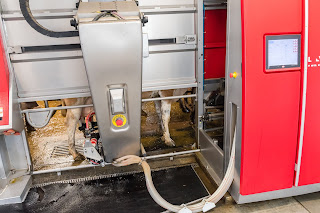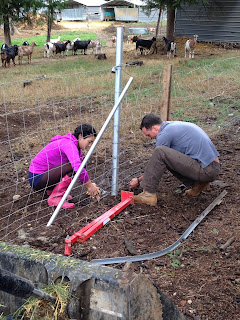Communications
 |
| Controlling midges is the best defense against EHD. |
Cattle owners should be on the lookout for EHD symptoms such as excessive drooling, lethargy, difficulty walking, or oral and nasal lesions with ulceration, which are similar to the much more devastating foot-and-mouth disease.
Fever and anorexia due to the oral erosions were seen in the recently diagnosed cattle. Supportive care is the only treatment for infected cows.
Differentiating EHD from other animal diseases requires laboratory testing so you should contact your veterinarian if you observe these symptoms.
“Although EHD is seldom prevalent in cattle, we must show an abundance of caution and investigate each case due to the similarity of symptoms this disease has with the highly contagious and economically disastrous foot-and-mouth disease,” said Washington State Veterinarian Dr. Brian Joseph.
EHD is not a threat to human health.
The disease usually occurs in cattle where environmental conditions support large populations of biting midges.
Biting midges or Culicoides gnats, commonly known as “no-see-ums” are the main way the disease is spread. Female biting midges can ingest blood from infected animals and then feed on uninfected animals. These midges typically breed near mud, so EHD outbreaks often occur when cattle congregate in wet areas.
All ruminants can be affected, but generally it is a deer disease.
No vaccines for EHD are available for EHD so controlling the midges by eliminating standing water from areas used by cows, applying insecticides around water areas to decrease the swarms, or using bug repellent on the cows is the best defense.
In the coming weeks, the cool fall weather and frost is expected to limit the gnat population and the spread of the disease.
For more information visit WSDA’s Animal Services Division web page.











